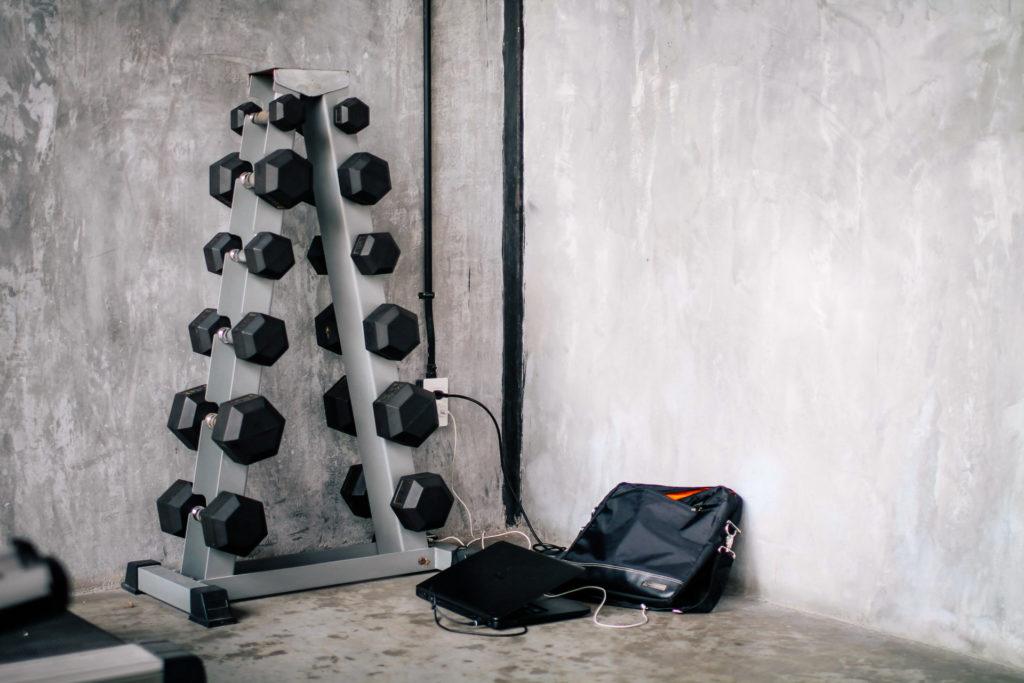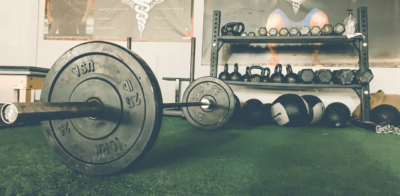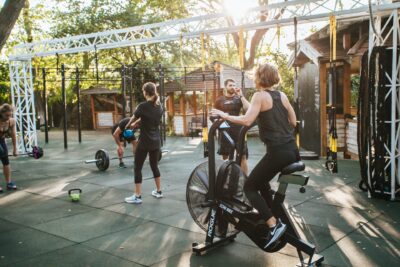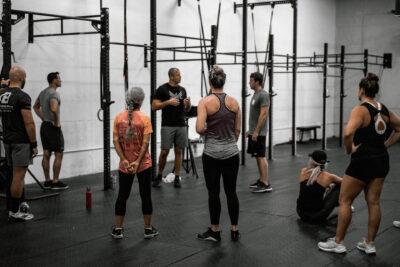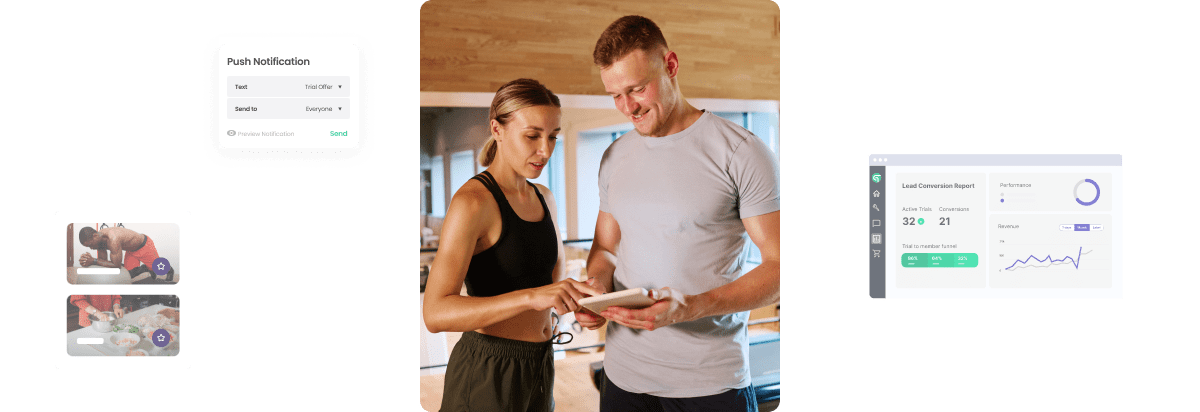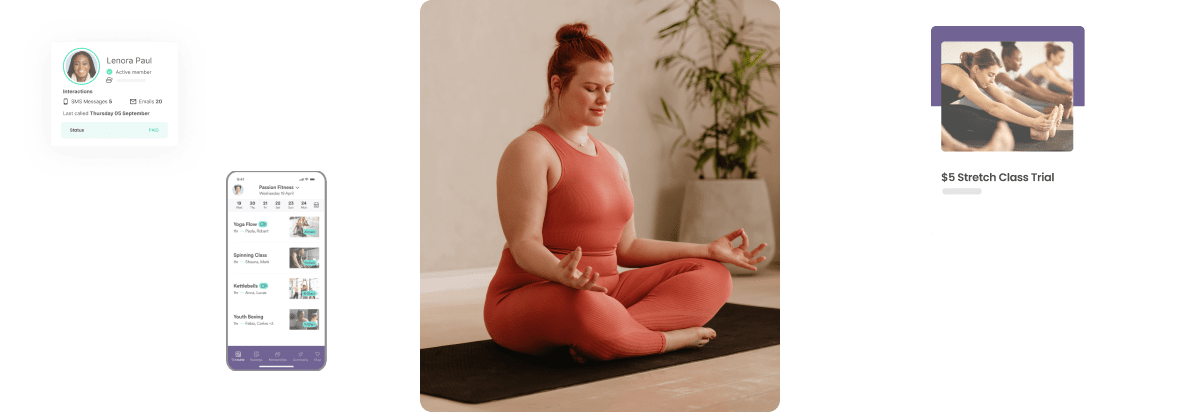From our Fitness Founders series, Mehdi Elaichouni of Carpe Diem Jiu Jitsu Singapore takes you through key considerations for gym equipment procurement.
As a new fitness gym, it is impossible to not have equipment. The usual options for equipment purchase are to buy brand new, source for used equipment, or lease. Before you decide if the option of leasing or buying is more suitable for you, have a few key considerations in mind.
Skip ahead to:
- How much start up capital you have
- Research fitness equipment brands
- Maintain flexibility and variety for your gym space
- Equipment maintenance and repair costs
- Gym floor plan
1. How much start up capital you have
How much capital you have available to equip your space can direct you to one of the two options quite quickly. It will also give you visibility on whether you can afford high end or budget equipment brands. If you are tight on funds, start with leasing to reduce your initial payments. This will let you spend more on marketing, to bring new members, and achieve profitability faster.
2. Research fitness equipment brands
Take the time to visit trade shows and research online to know the brands, machine types, and prices of different gym equipment available. The more you know about what is available, the better you will be able to make an informed decision. Sourcing for unbiased reviews online is also a great way to find the best equipment that will work for you. One of my favorite YouTuber channels is Garage Gym Reviews – with both home and commercial grade equipment reviews.
3. Maintain flexibility and variety for your gym space
As a new business avoid jumping in to fill up your gym with the greatest number or trendiest equipment. Instead identify the core machines you know you will need, and those you need to test.
The Top 10 Barriers
Slowing Your Fitness
Business Growth
Discover more For example, classic cardio machines such as treadmills and stationary bicycles might be mandatory for your audience… but they may prefer a smith machine over a squat rack. Over time, your tests might show your members prefer free weights to pulley or strength machines.
4. Equipment maintenance and repair costs
Large equipment such as treadmills and ellipticals have a lot of moving parts and take on heavy usage from members. Compared with dumbbells or kettlebells, large machines may need more upkeep. This means that you may choose to purchase equipment that needs less maintenance, but take a lease on machines that take on wear and tear thus needing frequent maintenance or repairs.
5. Gym floor plan
Map out a plan for your space, by plotting where different exercise zones will be. For example, cardio, strength machines, free weights, recovery tools. Having your floor plan ready will help you to know how many of each equipment you can fit into each zone.
With these key considerations in mind, take a deep dive into pros and cons of both leasing and purchase options, as well as where to buy gym equipment.
In Summary
The decision on equipment procurement does not have to come from just one method. You can do a mix based on your needs. Remember that equipment alone is not the only factor that customers look for in a gym. Build in one or a few of the top ten features of a successful fitness business.
The Top 10 Barriers
Slowing Your Fitness
Business Growth
slow fitness business growth and list some of the tips to
help overcome them.

